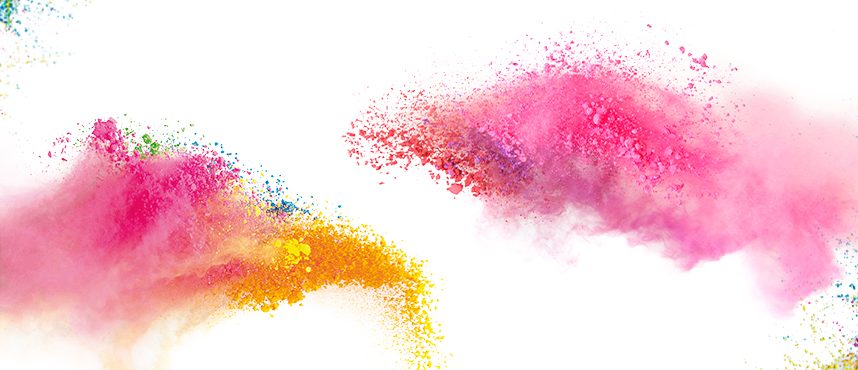Did you know?
Today, around 9,000 colourants with more than 50,000 trade names are used in manufacturing commercial products.
Throughout history, dyes and pigments have been major articles of commerce. Fascinating humankind, for both aesthetic and social reasons.
There’s solid evidence that dyeing methods are more than 4,000 years old. The proof is the dyed fabrics found in Egyptian tombs. Until the 1850s, all dyes were obtained from natural sources, most commonly from vegetables, such as plants, trees, lichens, and insects. However, by the 1900s nearly 90 per cent of industrial dyes were synthetic.
Here’s why-
Synthetic dyes have enabled efficient solutions in more ways than one.
- Increase in demand for availability
- Economic viability
- Ease of application
Today, their efficiency reflects in textiles, paper, leather, and other materials where they are not readily altered by washing, heat, light, or other factors to which the material is likely to be exposed.
Pigments: Intensively colouring the world
Likewise, pigments made from natural sources have been used for centuries, but gradually progressed to inorganic or synthetic organic ones. They make up to a large percentage of original paint blends and products.
How pigments got such importance
- Pigments are insoluble and are applied not as solutions but as finely ground solid particles mixed with a liquid.
- Are employed in oil- and water-based paints, printing inks, and plastics.
- Are brighter and last longer than organic ones.
At Neelikon, we live and understand colours like no other. With the rapidly evolving market and technology, Neelikon strives to offer efficient solutions through its product basket. And that’s how we help this beautiful world to look more beautiful.


